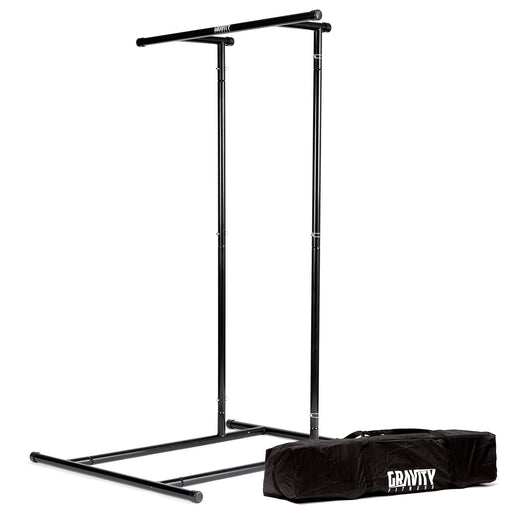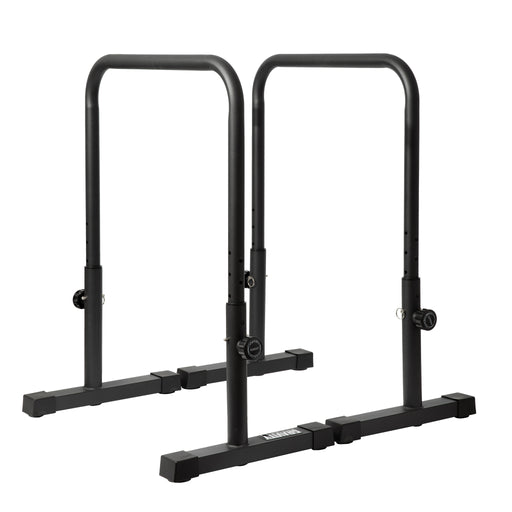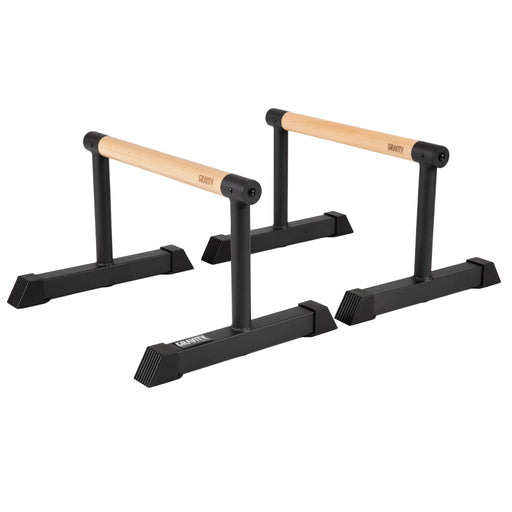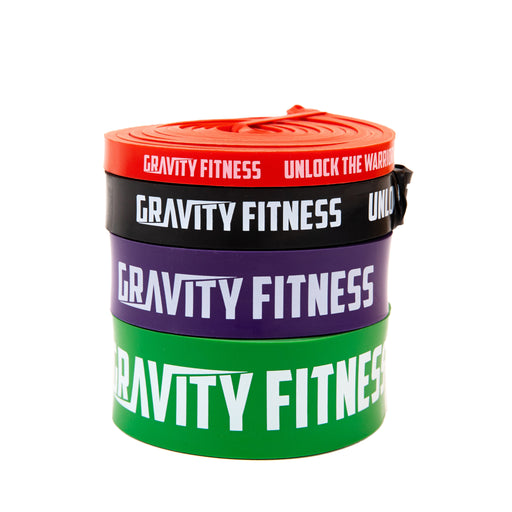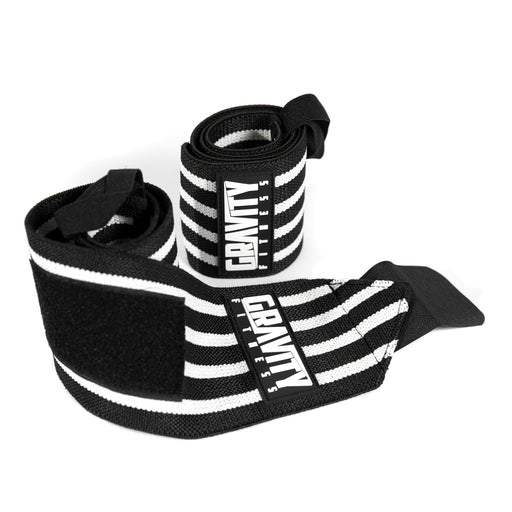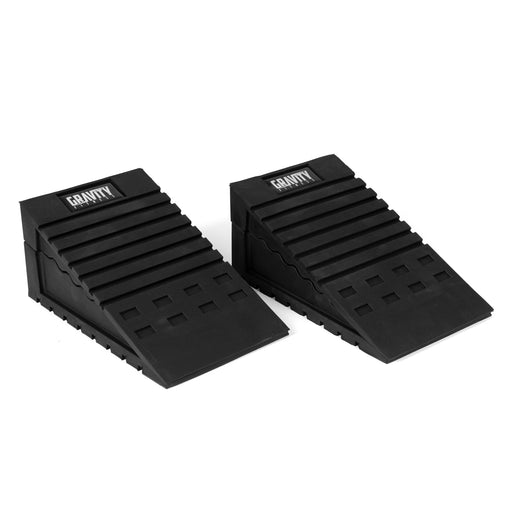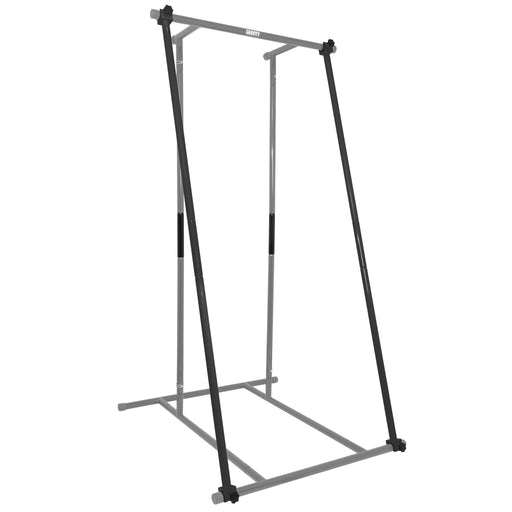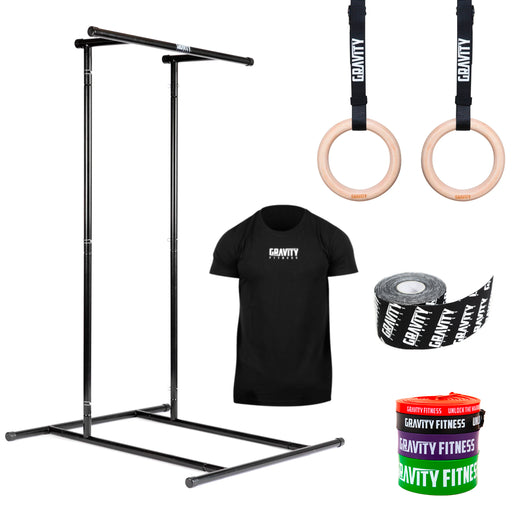
How strong should your kid really be at their age?
As adults, we call it training – kids call it play. If you’ve ever seen a toddler pull themselves up a climbing frame, you’ll know about kid strength. But is your child as capable as they should be? Let’s talk about kids and strength training.
The benefits of physical training for children
As soon as we have kids, we start thinking about how we’re going to help them learn to talk, walk, and read. So why aren’t we having the same conversation about physical training?
There are loads of benefits to physical activity and strength training for kids. They're not just burning energy (we love to see it!), they're building neural pathways, developing coordination, and gaining confidence that will show up in later life.
• Stronger bones and muscles (ignore that myth about stunting growth)
• Better cognitive function and academic performance
• More likely to be physically active adults
• Healthier body composition and metabolic health
• Stronger connective tissue and reduced injury risk
• Increased confidence and positive body image
• Better emotional regulation and mental health
• Improved social skills and teamwork
• Development of movement literacy
Every parent worries about getting their kids involved in movement, especially anything to do with strength training. However, research suggests that not encouraging physical strength may be riskier in the long run.
Zombie myths about kids strength training
Myth - "Strength training stunts growth."
Truth – This is based on outdated research rooted in child poverty. Modern research shows that appropriate strength training supports bone health and development.
Myth - "Children can't get stronger until puberty."
Truth – Yes, hormonal changes increase strength potential, but young kids can get lots of neurological and emotional benefits from strength.
Myth - "It's not safe for children to lift weights."
Truth – Strength training can also be bodyweight or calisthenics. And when it’s properly supervised with age-appropriate loads, strength training reduces injury risk by up to 50%.
Myth - "Only sporty kids need strength training."
Truth – Every-body has a body. Your child might not be an athlete but they can learn athletic skills.
Myth - "Kids should wait until they're 12 to start lifting."
Truth - Children are ready for strength training as soon as they can follow safety instructions, pay attention, and want to do it – often around 5-7 years old.
Myth - "You need expensive equipment and a coach."
Truth - Bodyweight exercises, playground activities, and simple games provide tremendous benefits with minimal equipment.
The most dangerous myth? That children naturally know how to move properly without guidance. That might have been true for previous generations, but modern life means we need to help our kids develop these skills.
What is movement literacy for kids?
We love the phrase “movement literacy” for adults – and even more so for children. Think of movement literacy like reading. You wouldn’t wait until your child starts school to introduce them to reading and basic words, and you wouldn’t leave it just to their teachers. You’d start at home, reading to them and then getting them to read to you. You’d probably do at least a few minutes of reading every day.
The same goes for movement. Movement vocabulary works the same way, with each skill opening doors to more complex movements.
Movement-literate children solve physical problems creatively, understand their bodies, can adapt to new challenges, and enjoy physical activity – important skills that will help them be healthier adults.
Fitness goals for kids: what children should be capable of at different ages
By age 5, most children should be able to:
• Skip in a straight line
• Balance on one foot for 10+ seconds
• Hang from a bar for 20-30 seconds
• Do basic locomotion patterns (crawl, roll, climb)
By age 10, look for:
• Cartwheel or similar rotation movements
• 10 lunges without losing balance
• Hold a plank for 30 seconds
• Jump and land with control
These aren't arbitrary benchmarks - they're fundamental movement patterns that build the foundation for lifelong physical literacy.
Were 5-year-olds stronger 20 years ago?
Today's children are experiencing what experts call "dynapenia" - underdeveloped strength and muscle mass. With PE time slashed, outdoor play disappearing, and screens dominating, we're raising the first generation that may be physically worse off than their parents.
Twenty years ago, children naturally built strength through unstructured outdoor play. Today, we need to intentionally create those opportunities. That’s where strength training (disguised as play) comes in.
We’re not going to tell you exactly how to introduce more movement into your kids lives. For one thing, every child is different, and for another we’re not the experts. But we are parents of little ones, with a massive interest in the topic of healthy, active kids.
The four stages of child strength development
As a parent, you’ll already know about kids growth spurts. Their physical development isn’t linear, and nor are their strength gains. So don’t expect child strength development to be as measurable as in an adult.
Ages 0-5: is all about exploration. Free play, climbing, rolling, and learning basic movement patterns. Your job is to provide opportunities and safe environments, making movement feel like play.
Ages 6-10: focus on movement variety. Skipping, hopping, balance challenges, and strength through play are crucial. Children should be solving movement puzzles themselves rather than following adult-style routines.
Ages 11-14: introduce more structured bodyweight training. Push-ups, squats, and pull-up progressions all make sense here, focusing on technique rather than load.
Ages 15+: as kids get to mid-teens you can start progressive loading, with good form always taking priority over weight.
Best rules for kids strength training
If you're ready to introduce your child to more structured strength training or calisthenics, here’s how to get started.
• Focus on quality, positivity and fun – training should never feel like a chore or punishment
• Create a safe environment – keep equipment organised and secure, use child-friendly equipment that’s the right size
• Keep sessions short and sweet – aim for 2-3 times weekly, 20-30 minutes per session
• Full range of motion with good technique – form becomes more important once external loads are introduced
• Dynamic movements and proper warm-ups – focus on movement quality before adding resistance
• Start light with appropriate volume – 1-3 sets of 6-15 reps with light loads is plenty
• Take a child-centric approach – frame activities as games rather than drills or workouts
• Encourage problem-solving – let kids work out solutions to movement challenges themselves
• Lots of variety – use diverse movements and challenges to build a broad movement vocabulary
• Be a role model – your attitude toward physical activity will shape theirs
Best strength training games for kids
Today’s kids aren’t as active as previous generations, so we have to intervene. It doesn’t matter whether your child can do specific exercises, but it is important to develop a positive relationship with movement.
Remember, not every child needs to play sports, but every child deserves to develop athletic capabilities. Start early with age-appropriate activities, and frame physical development as play rather. You'll be helping your child to grow into a body that they understand, trust, and can rely on throughout their life.












